Jade Plant
- October 27, 2023
- 0 comment
The Jade Plant, scientifically known as Crassula ovata, is a popular and charming succulent that has captured the hearts of plant enthusiasts worldwide. Native to South Africa, this resilient and easy-to-care-for plant is characterized by its thick, fleshy leaves that store water, making it well-suited to arid conditions.
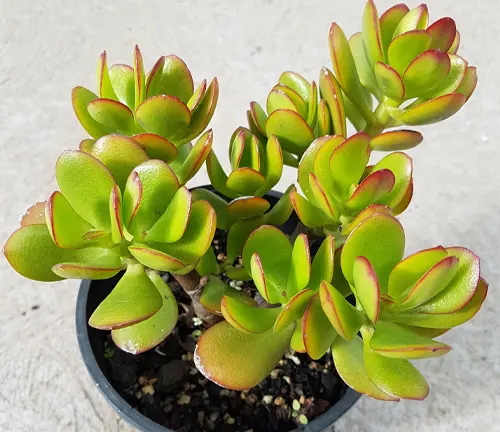
The Jade Plant’s vibrant green, oval-shaped leaves are known to symbolize prosperity and good luck, earning it the nickname “money plant” or “lucky plant” in some cultures. Over time, it can grow into a small, tree-like shrub with a sturdy stem.
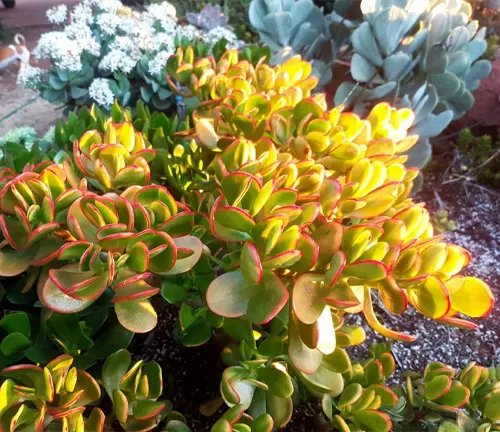
Jade Plants are favored for their low maintenance requirements and adaptability to a variety of environments, including both indoor and outdoor settings. They thrive in bright, indirect sunlight and prefer well-drained soil. With proper care, including infrequent watering and occasional pruning, the Jade Plant can become a cherished, long-lasting addition to any home or garden, offering not only a touch of natural beauty but also a symbol of good fortune.
| Characteristics | Description |
| Scientific Name | Crassula ovata |
| Common Names | Jade Plant, Money Plant, Lucky Plant |
| Family | Crassulaceae |
| Native Habitat | South Africa |
| Growth Form | Succulent shrub or small tree |
| Foliage | Thick, fleshy, oval-shaped leaves |
| Leaf Color | Vibrant green, can have red-tinged edges under stress |
| Mature Height | Up to 3 feet (0.9 meters) indoors; larger outdoors |
| Light Requirements | Bright, indirect sunlight |
| Watering | Allow soil to dry out between waterings |
| Soil Type | Well-draining cactus or succulent mix |
| Temperature Range | Ideal indoor temperature between 65-75°F (18-24°C) |
| Hardiness Zones | 10-11 (USDA) |
| Propagation | Through stem or leaf cuttings |
| Drought Tolerance | High |
| Toxicity | Mildly toxic to pets if ingested |
| Symbolism | Considered a symbol of prosperity and good luck in some cultures |
Botanical Beauty of the Jade Plant
The Jade Plant, scientifically known as Crassula ovata, stands as a botanical beauty renowned for its striking appearance and resilience. Native to the arid landscapes of South Africa, this succulent has captured the hearts of plant enthusiasts around the world. Its vibrant green, fleshy leaves, often tinged with red on the edges, create a stunning visual contrast that instantly draws attention. The Jade Plant’s aesthetic charm is not only decorative but also symbolizes prosperity and good luck, earning it the endearing nicknames “money plant” and “lucky plant” in various cultures. This plant’s timeless elegance has made it a beloved addition to homes and gardens alike, and its unique beauty continues to captivate.

Woodland Elegance

The Jade Plant’s elegance extends beyond its appearance. As it matures, it takes on the form of a small tree or shrub, with a sturdy stem and branches. This growth pattern not only adds to its ornamental value but also offers an appealing natural structure to any indoor or outdoor setting. Its woody stems and thick leaves provide a sense of permanence and timelessness, making it a favorite choice for those seeking a long-lasting botanical companion. The woody texture of the Jade Plant’s stems and leaves contrasts beautifully with its lush, green foliage, adding a touch of woodland elegance to any space.
Ecological Importance
In its native South African habitat, the Jade Plant serves a crucial role in local ecosystems. It is a source of sustenance for various herbivores, including browsing animals like kudu and elephants. Additionally, it plays a part in stabilizing arid soils and preventing erosion, contributing to the overall health and balance of its ecological niche. Recognizing its ecological importance underscores the significance of conserving and protecting this unique species in its natural habitat.
Cultivation and Conservation
The Jade Plant’s adaptability and resilience have made it a popular choice for cultivation worldwide. It thrives in a variety of environments, from indoor pots to outdoor gardens, as long as it receives bright, indirect sunlight and is planted in well-draining soil. Its easy maintenance requirements have endeared it to both novice and experienced gardeners. However, due to habitat loss and overharvesting in its native range, conservation efforts are essential to ensure the continued survival of this species in the wild. Cultivating and caring for Jade Plants sustainably is crucial to support its preservation and protect its genetic diversity.
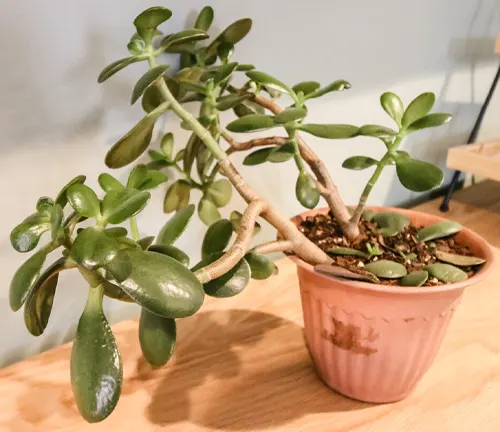
Fragrance
Jade Plants are not known for their fragrance; in fact, they are prized more for their visual appeal than their scent. These succulents typically do not produce flowers with a strong fragrance, and their leaves remain relatively odorless. However, their visual charm compensates for their lack of fragrance, making them a delightful addition to any space.
Soil Stabilization
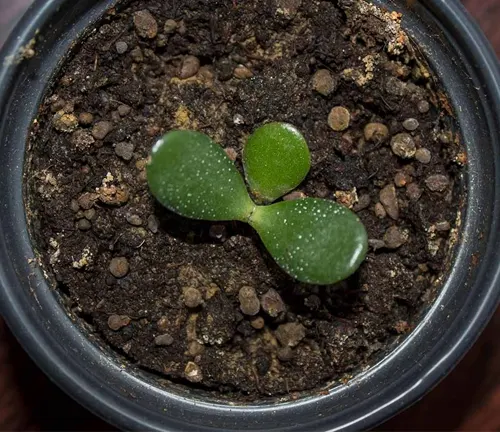
In its native habitat, the Jade Plant plays a vital role in soil stabilization. Its extensive root system helps prevent soil erosion, especially in arid regions where erosion can be a significant concern. By anchoring the soil and reducing runoff, the Jade Plant contributes to the overall health of its ecosystem, demonstrating its importance beyond its aesthetic qualities.
Common Uses
Apart from being a popular houseplant and garden ornament, Jade Plants have various practical uses. In some cultures, they are believed to bring good fortune and prosperity, which has led to their use as decorative elements in homes and businesses. In feng shui, the Jade Plant is thought to attract positive energy and financial success, making it a common choice for interior decorating. Their ease of care and adaptability have also made them popular choices for novice gardeners looking to introduce greenery into their homes.
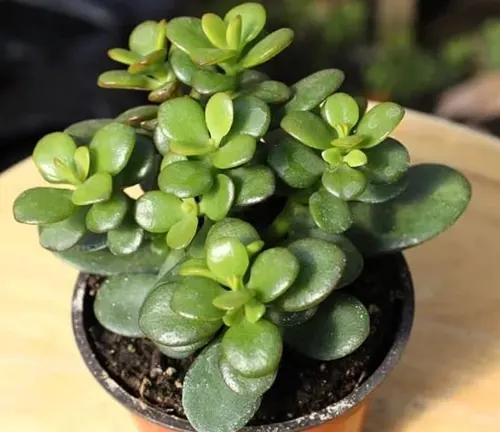
Benefits
The Jade Plant offers numerous benefits to its caretakers. Its low-maintenance nature means that it thrives with minimal attention, making it an ideal choice for busy individuals or those new to gardening. Additionally, its symbolism as a harbinger of good luck and prosperity adds a positive element to any environment where it resides. Moreover, by growing Jade Plants, individuals can help with conservation efforts and contribute to the preservation of this unique succulent, ensuring that its botanical beauty continues to grace our homes and gardens for generations to come.
Different Species
Crassula ovata
This is the classic Jade Plant, characterized by its oval-shaped, fleshy green leaves with red-tinged edges under certain conditions. It’s also known as the Money Plant or Lucky Plant.
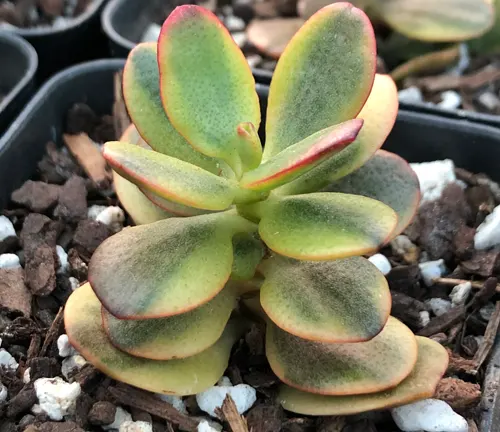
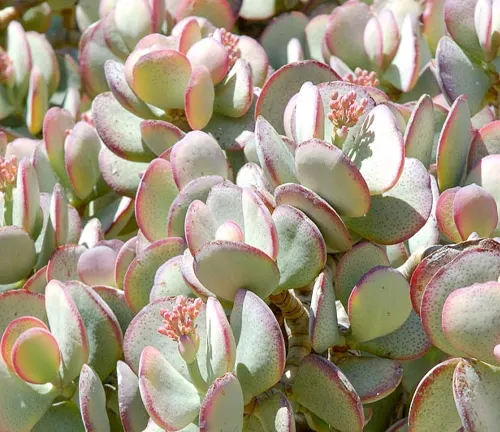
Crassula arborescens
Commonly referred to as the Silver Dollar Plant, this species has round, silver-gray leaves with a slight concave shape. It’s a striking alternative to the classic Jade Plant.
Crassula portulacea
Often called the “Hobbit Jade” or “Gollum Jade,” this variety features tubular, elongated leaves with unusual, red-tipped appendages. Its appearance is reminiscent of the famous fictional character from “The Lord of the Rings.”
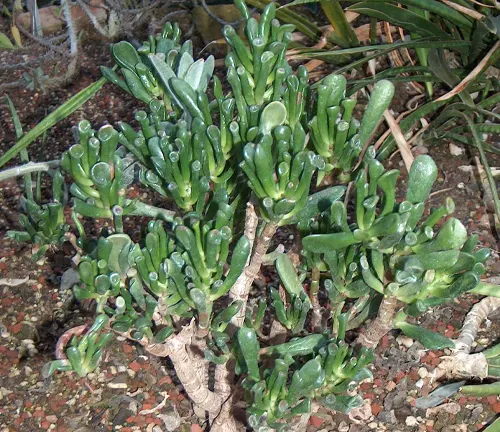
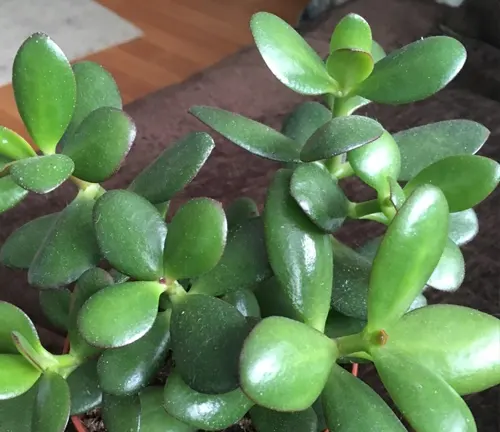
Crassula argentea
Also known as the “Baby Jade” or “Miniature Jade,” this species is a smaller version of the Crassula ovata. It features tiny, compact leaves and is an excellent choice for bonsai enthusiasts.
Crassula marnieriana
This species is often called the “Jade Necklace” or “Horse’s Tooth Jade” due to its trailing growth habit. It has small, elongated leaves that form a chain-like structure, making it a popular choice for hanging baskets.
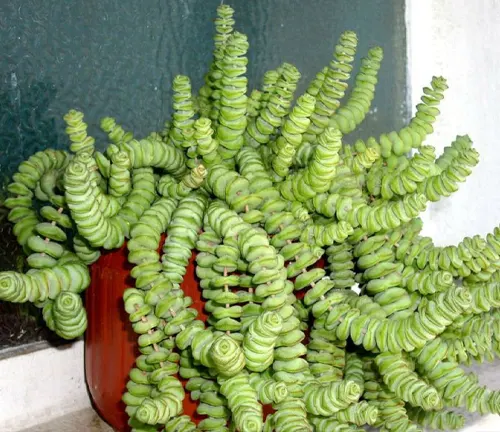
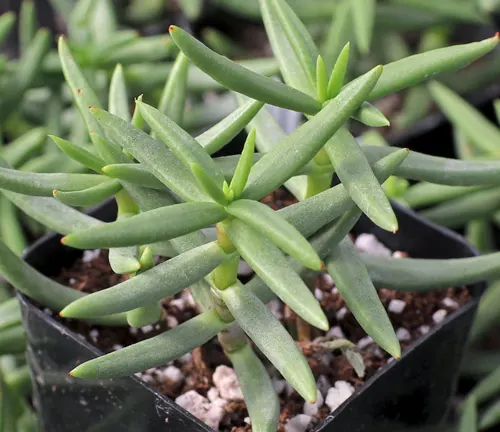
Crassula tetragona
Known as the “Mini Pine Tree,” this species has thin, upright stems with tightly clustered, needle-like leaves. It resembles a miniature evergreen tree and is a favorite for its unique appearance.
Crassula capitella
This variety, often referred to as the “Campfire Plant” or “Red Pagoda,” has striking triangular leaves that turn bright red at the tips when exposed to high light conditions.
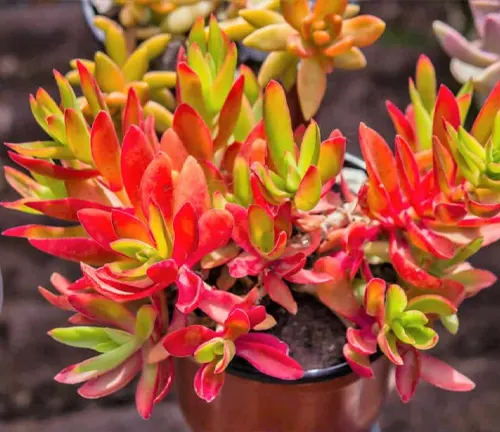
Frequently Asked Questions (FAQs)
- How often should I water my Jade Plant?
Jade Plants prefer to dry out between waterings. Water when the top inch of soil is dry, typically every 2-3 weeks, but adjust based on your specific environment. - Does the Jade Plant require direct sunlight?
While it prefers bright, indirect sunlight, it can tolerate some direct sunlight. Avoid intense, scorching sunlight, especially in hot climates. - How can I prevent my Jade Plant from becoming leggy?
Prune your Jade Plant regularly to encourage bushier growth. Pinch off new growth tips to promote lateral branching. - Can I grow a Jade Plant from a leaf or stem cutting?
Yes, Jade Plants can be propagated from both leaf and stem cuttings. Allow cuttings to callus before planting in well-draining soil. - Is the Jade Plant toxic to pets?
Yes, Jade Plants are mildly toxic to cats and dogs if ingested. Keep them out of reach of pets and monitor for any signs of chewing. - Why are the leaves of my Jade Plant turning red on the edges?
Reddish edges on Jade Plant leaves can be a sign of stress, often due to excess sunlight, cold temperatures, or nutrient imbalances. Adjust care conditions accordingly. - Can I keep my Jade Plant outdoors year-round?
In temperate climates, Jade Plants can thrive outdoors. However, they should be brought indoors if temperatures drop below freezing. - How do I fertilize my Jade Plant, and how often should I do it?
Fertilize with a balanced, water-soluble fertilizer during the growing season (spring and summer) every 4-6 weeks. Reduce or stop fertilizing in the winter. - What size pot is ideal for a Jade Plant?
Choose a pot that allows for good drainage and has some room for the plant to grow. Repot when the Jade Plant becomes root-bound. - Why is my Jade Plant dropping leaves?
Leaf drop can occur due to overwatering, insufficient light, or pests. Assess the plant’s care conditions and address any issues accordingly. - How do I make my Jade Plant flower?
Jade Plants can produce small, star-shaped flowers under the right conditions. Typically, they require cool temperatures and a period of reduced watering to encourage blooming. - Can I prune my Jade Plant to control its size?
Yes, regular pruning can help maintain the size and shape of your Jade Plant. Prune in the spring to remove leggy growth and promote bushier growth.



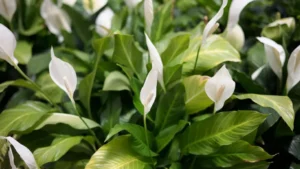
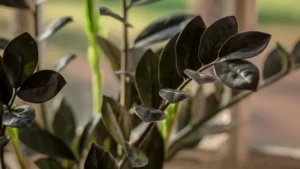
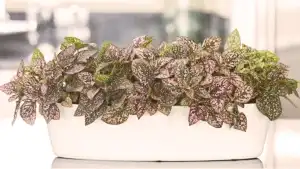
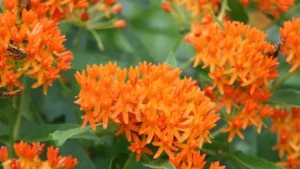
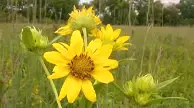

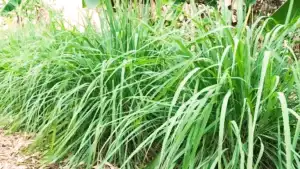
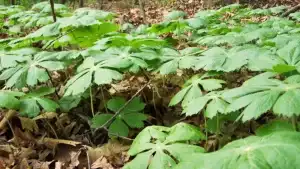
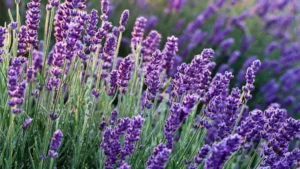

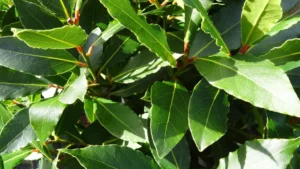
Leave your comment